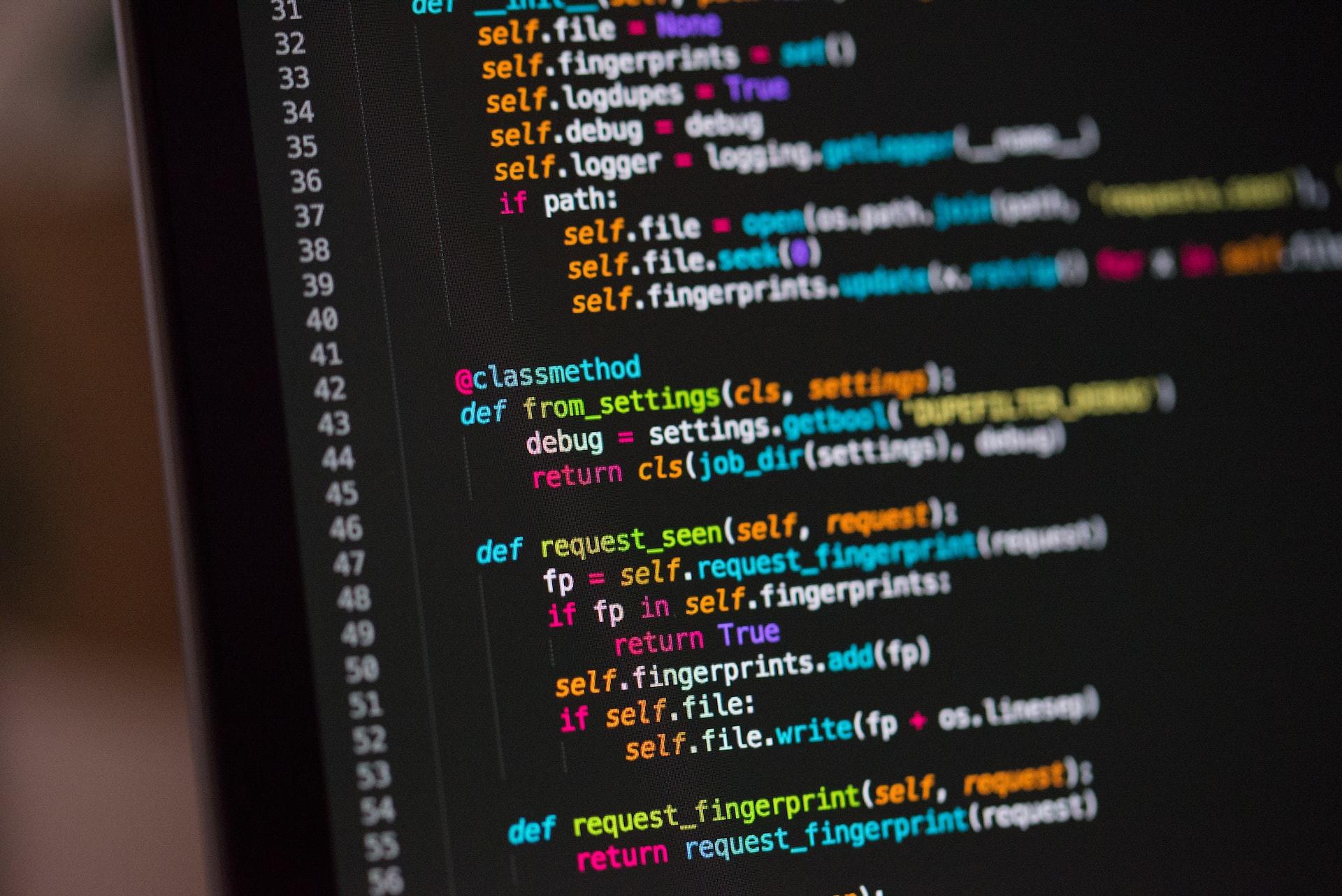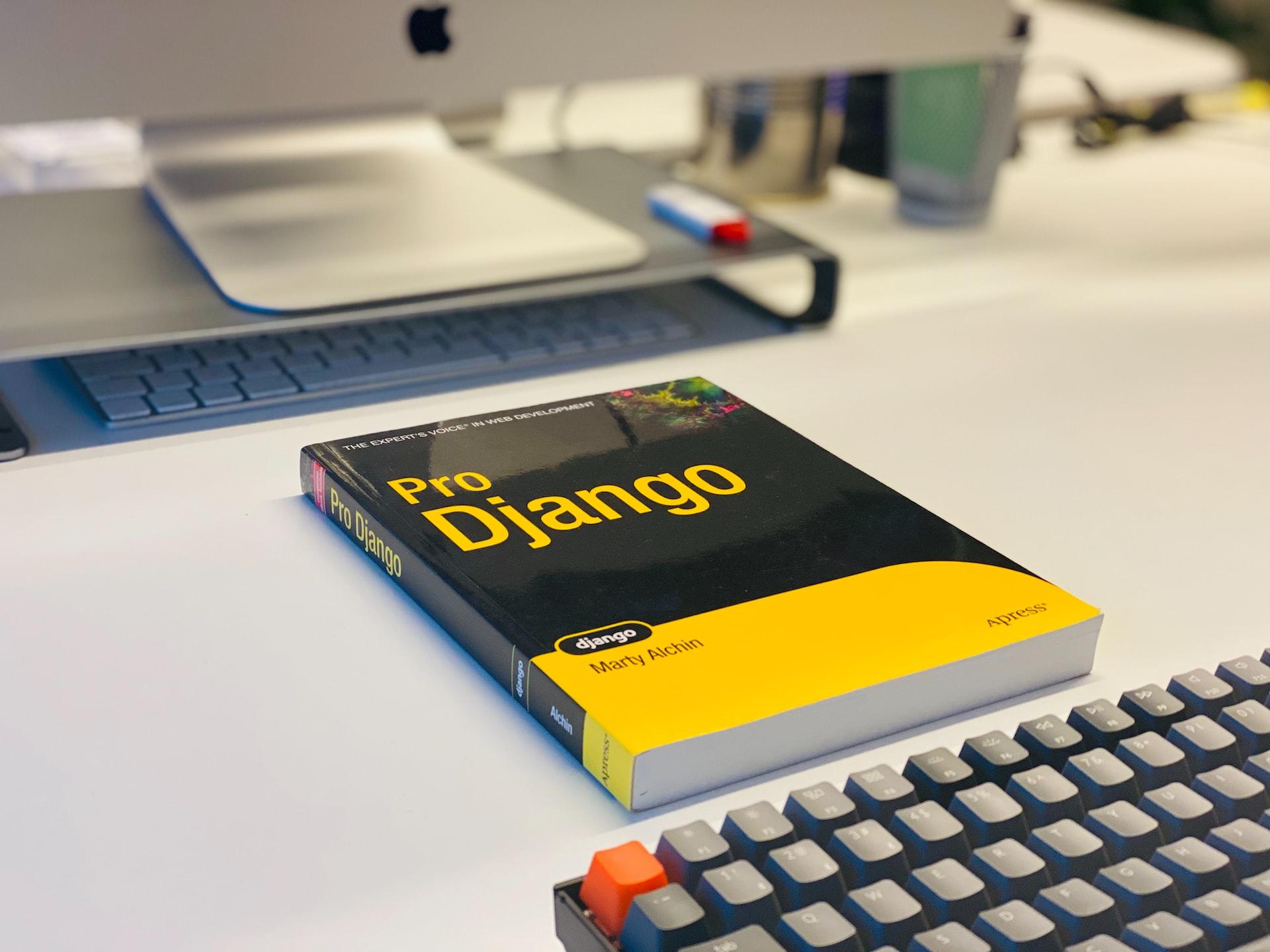Today's job market is now very tight. Ever since COVID made remote work a reality, more and more people are realising that having some sort of skill with computers is the surest way to land a solid-paying job. But 'skilled with computers' takes the broad view. It could mean anything from web design to computer repairs. And, of course, computer programming.
A lot of people who want to learn computer programming enroll in Python courses. And why not? It's free, super easy to use and has a fantastic community of dedicated Pythonistas. And they're very generous with support and tutorials. Is the Python environment what you need to advance your career as a programmer?

Python Programming: Genesis
In the early days of programming, there was no such thing as 'Google' or 'online'. Computer science was limited to code like BASIC, Pascal and ABC. They were meant to be easy to learn but were limited in function. In the mid-70s, Dennis Richie presented the public with an entire operating system running on C. That gave Dutch programmer Guido van Rossum the impetus to start compiling Python. He made the first version public in 1991.

Note that this Benevolent Dictator for Life (BDFL) - as the Python community has dubbed him, did not create this language out of whole cloth. He borrowed elements of ABC and added exception-handling features as well as additional interfacing capabilities. ABC was never meant to be a programming language anyway. It was supposed to be a sort of tutorial programming language to learn coding syntax from. Guido van Rossum wanted a language that would code as well as teach.
Our BDFL steered the Python project through several complete iterations. Version 2 introduced list comprehensions, a feature of functional programming languages like Haskell. However, as Python is meant to be straightforward, it uses alphabetic keywords instead of punctuation characters, as Haskell does.
Indeed, Python is readable. For instance, if you want your program to print something, you only need to type the word 'print' without brackets, quotation marks or other characters. Its statements are equally clear. For instance, let's say you need to plug in a module so your program will run more efficiently. Simply type 'import' (with no quotation marks) and drop the module in.
Python 3.0 cleaned up some of the flaws that resulted from the backward compatibility to the various 2.0 versions. Python 3.0 is not backward compatible without modification. That means that if you want to modify a program running in Python 2.0, you cannot do it without altering any 3.0 code.
Despite that, Python is structured, object-oriented and functional. Our BDFL followed the Zen of Python: "there should be one (and preferably only one) obvious way to do it." Guido van Rossum stepped down as Python project leader in 2018, long after his programming project influenced the likes of the Ruby programming language. Now, the Python core development team is running a five-member steering council to oversee future Python developments.
Python Programming Language Features
In the previous section, we mentioned that Python is readable. We should specify 'human-readable' because all code is readable. Otherwise, they simply would not work. Python's (human) readability makes it accessible; ideal for a public that doesn't know much about coding or syntax. That readability is, in fact, a tenet of the Zen of Python. Others include:
- Simple is better than complex.
- Complex is better than complicated.
- Explicit is better than implicit.
- Sparse is better than dense.
- Now is better than never.
- If implementation is hard to explain, it's a bad idea.
- In the face of ambiguity, refuse the temptation to guess.
These aphorisms might remind you of the KISS principle: 'keep it simple, sweetheart'. But simple doesn't mean limited in function. Rather than operating from a complete core language, Python takes advantage of maximum extensibility. You only need to plug in the necessary module(s) and your program is ready to go.
Having a small core and vast libraries to choose modules from makes programming in Python very simple. And fast. Unlike the SQL language, Python is suitable for a wide range of functions. For instance, SciPy (Science Python) is used for scientific calculations while NumPy (Numerical Python) is used to write machine learning programs. If you wanted to try your hand at writing a two-dimensional game, you might plug a few PyGame modules in.

For all of Python's simplicity and ease of use, it is quite advanced. It minimises the use of punctuation and, unlike more complex coding systems, does not use curly brackets at all. Instead, it makes use of whitespace indentation to delimit code blocks. To reiterate, statements could hardly be easier. If you want your program to execute an action based on a condition, simply type the 'if' statement. And if you want it to continue that action as long as the condition persists, just type 'while' ahead of a line of code.
As a beginner coder, you can easily master Python's core language. And then, take some time to browse through the various libraries to get familiar with all of the modules. Depending on which functions you want to learn Python for you can then focus on those libraries exclusively. And don't forget to join the Python community; their help will be invaluable!
Python Programming Applications
By now, you've surely concluded that Python fulfils many functions in academics and industry. In fact, you may regularly use a Python application without knowing it. If you use any Cloud storage or you're a Redditor, you're using Python-driven platforms. Google and Python have longstanding professional ties. Reddit rewrote its source code in 2005, converting it from Lisp to Python. YouTube uses Python, as does Instagram, albeit on the backend. If you play World of Tanks or Frets of Fire, you're playing a Python-driven game.
You might have noticed by all of these common applications that Python isn't necessarily dynamic. Sure, you can code an entire game like Minecraft in Python but it doesn't function well for high-resolution graphics or fast-paced actions. Python works best as an embedded scripting language. If you wanted to program a robot, for example, you would use C++ and keep Python on the backend. Or use it for the robot's graphical user interface (GUI).
Python comes into its own as a user interface. appJar, a cross-platform Python library, is expressly meant to create GUIs. PyQT and PySide serve well in this capacity, too. Indeed, there is no end to Python's versatility. PyPi, Python's package index shows nearly a half-million free, third-party software packages that function with everything from data analytics to web scraping.
Many aspiring technicians learn Python for its machine learning and artificial intelligence (AI) applications. Granted, machine learning falls under the concept of AI but it is a separate endeavour. Sorting email messages into spam, promotions or social is a good example of machine learning. When you flag an email as spam, the software 'learns' that similar messages might also be spam and automatically delivers them to your spam folder. You probably don't need an explanation for AI but you should consider learning more about it before deciding which programming language to learn.

Learning Python Programming Language
As noted throughout this article, Python is fairly easy to learn and use, and it has many functions across a variety of industries. So what does it take to learn Python? First, you should enroll in a course teaching basic coding principles. Courses in Hyper Text Markup Language (HTML5), along with Cascading Style Sheets (CSS) and JavaScript abound online; many of them are free.
These are fundamental components of all online documents. You may not want to design a web page or app. But taking your first coding steps with those three languages gives you a fine introduction to coding principles. You'll learn, through trial and error, about syntax and debugging even as you write simple programs.
You should also get familiar with the Worldwide Web Consortium (W3C) web page. There, you'll find a host of tools; everything from tutorials to developers' tools. And their tags cheat sheet is a marvel! You can also find exactly where and why your program isn't working by running blocks of code through their debugger function.
You can do all of this while getting familiar with Python and its various libraries. You may not yet know which direction you want to take your programming future in but you can certainly poke around just to see what's there. And by all means, join the Python community. Even if, in the end, you decide to take other types of programming courses, it won't hurt to take tutorials with Pythonistas.
Getting to know about HTML5, CSS and JavaScript will lead you to conclude that Python is, indeed, a simple and easy programming language. And the more you learn about Python - how versatile it is, you may want to learn it just because. In any case, it's never a bad idea to learn, even if you don't yet see any way to put that knowledge to work in your future.















